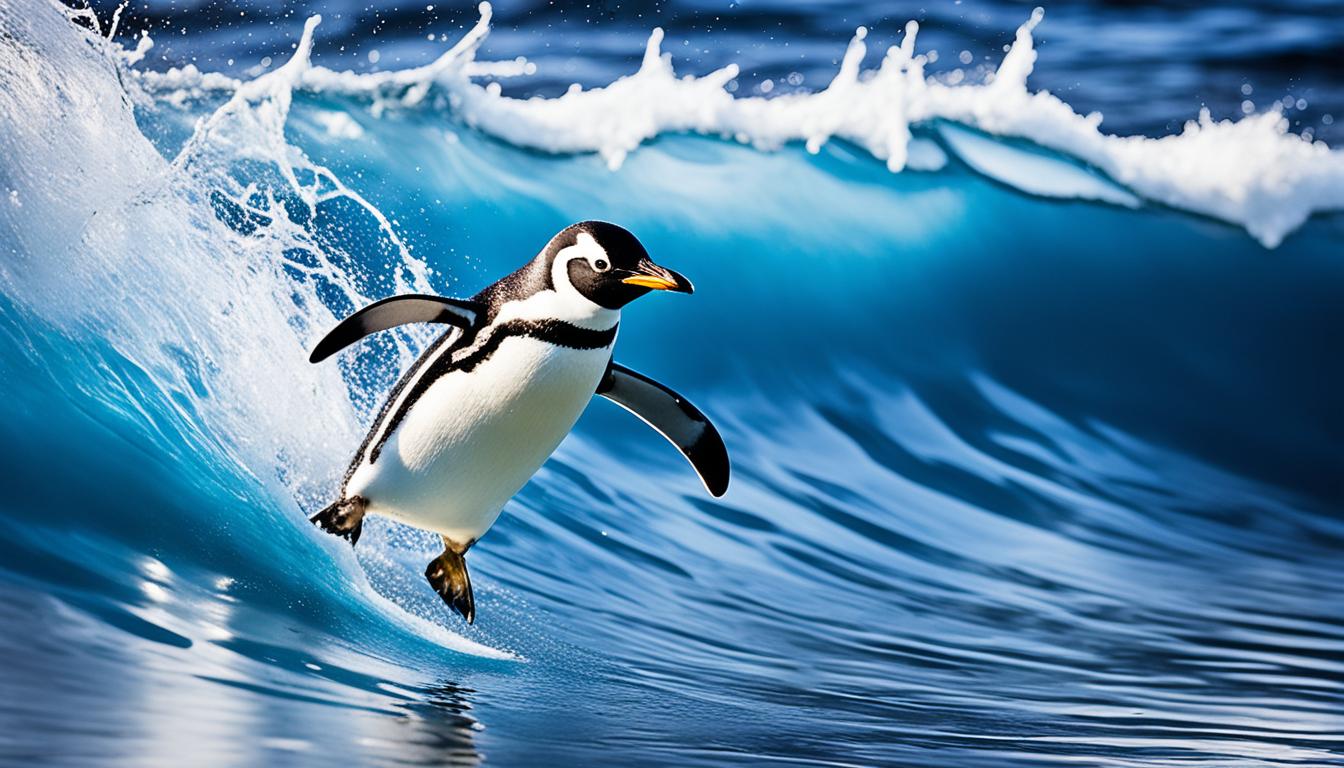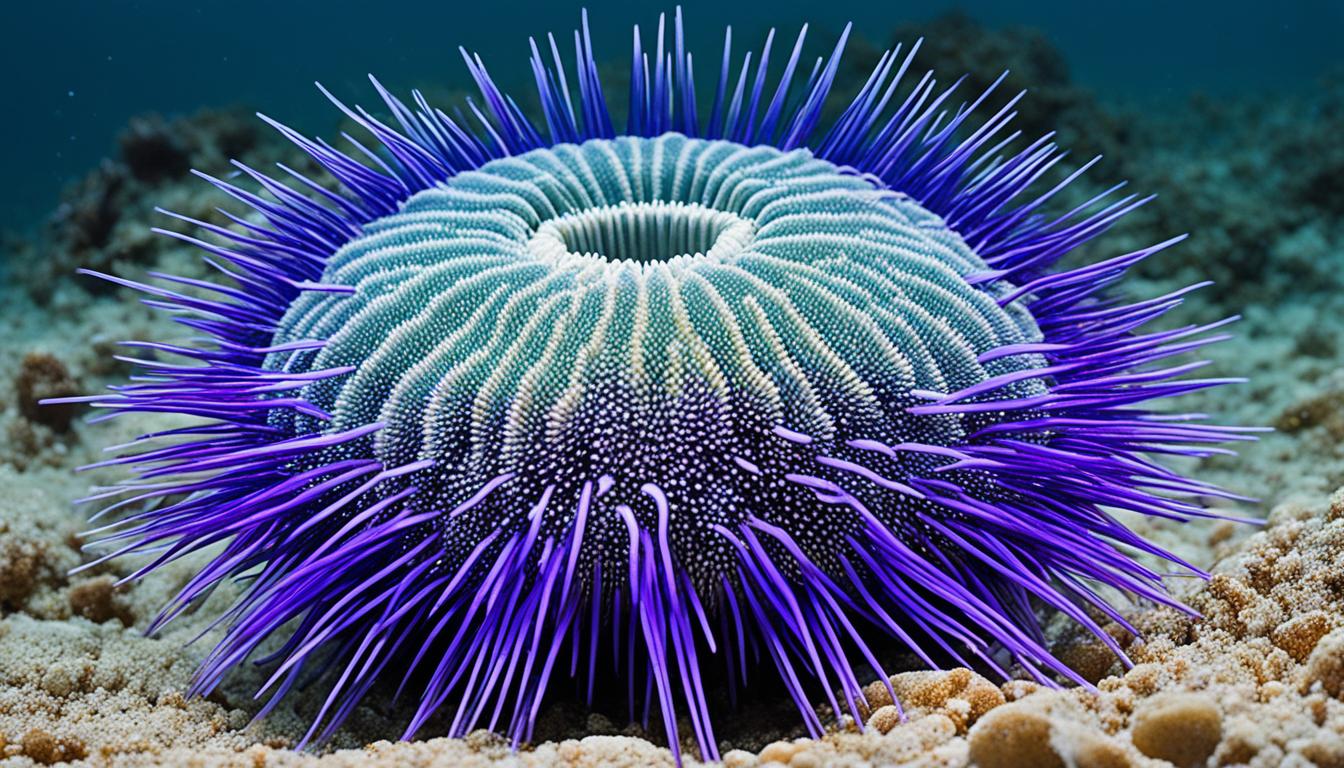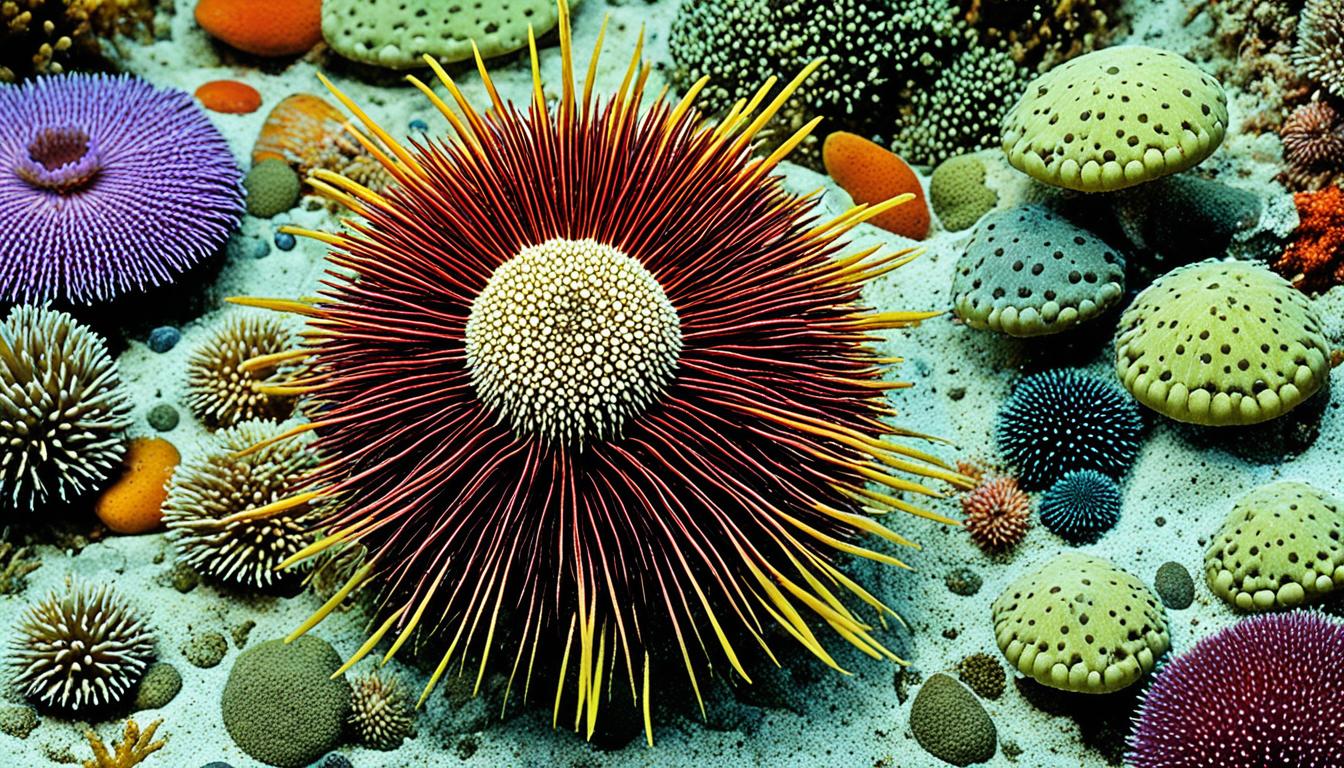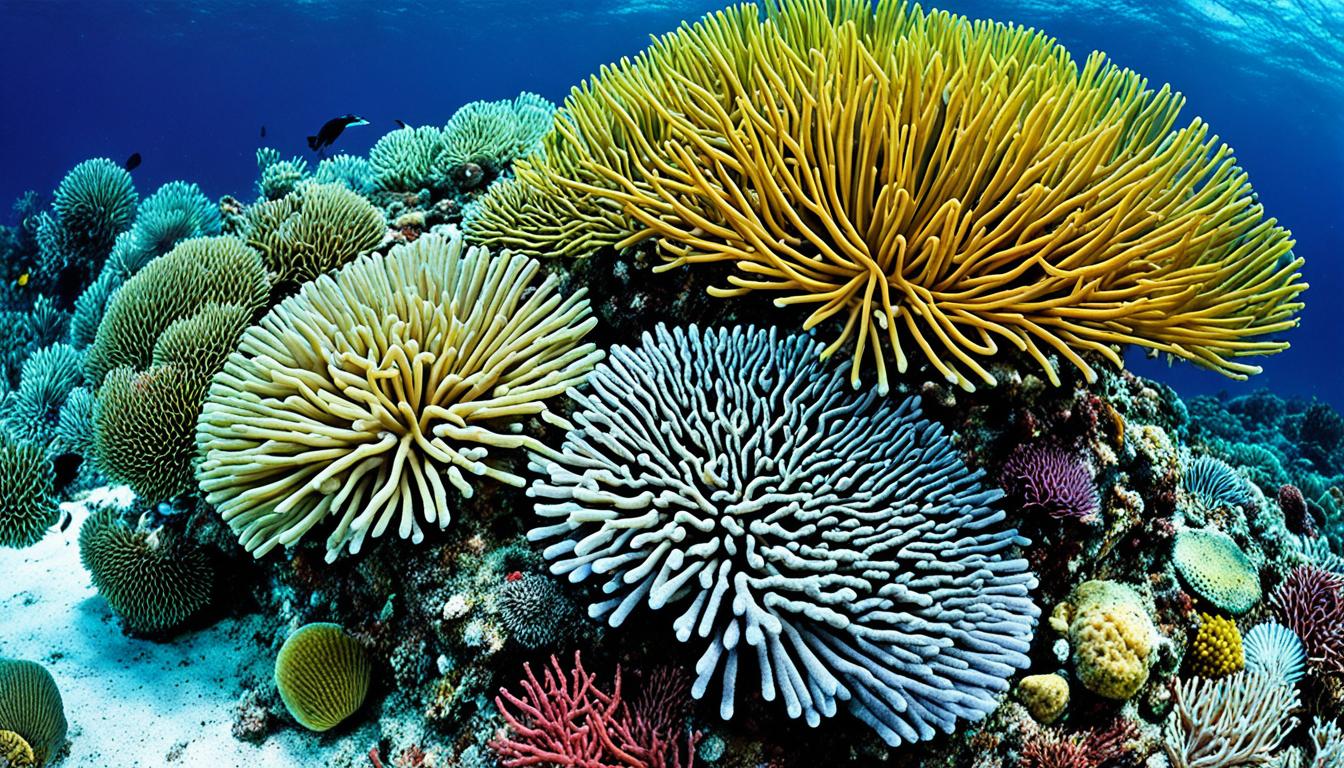Welcome to the fascinating world of penguins, where you’ll learn about their penguin swimming speed. These birds spend about 75% of their lives in the water. They have many adaptations that help them move through the ocean. Let’s dive into how these features and behaviors make them so fast in the water.
Understanding Penguin Anatomy for Swimming Efficiency
Penguins have amazing features that help them swim well. Their penguin body structure is made for swimming fast and moving easily in the water.
Penguin Body Structure
The penguin body structure is shaped to cut through the water with less drag. This shape lets them swim quickly underwater. They also have strong flippers that work like propellers, helping them move fast in the water.
Their legs and feet are placed far back, which helps them stay on course and stable in the water. This design is key for their swimming skills.
Adaptations for Underwater Movement
Penguins have special features for swimming underwater. Their thick feathers keep them warm and also reduce water resistance. They have a gland that makes a special oil to waterproof their feathers.
This oil helps them glide smoothly through the water. These adaptations make their swimming penguin hydrodynamic, letting them swim with ease.
How Fast Can Penguins Swim?
Learning about penguins’ swimming skills helps us understand their penguin swimming behavior. Each species swims at different speeds, which helps them survive and hunt. Let’s see how fast penguins can swim and compare their speeds.
Species Comparison of Swimming Speeds
Penguins swim at various speeds, showing how they adapt in the water. Here’s a look at their top swimming speeds:
| Penguin Species | Top Speed (mph) | Top Speed (km/h) |
|---|---|---|
| Emperor Penguin | 9 | 14 |
| King Penguin | 6 | 9.7 |
| Adelie Penguin | 5 | 8.0 |
| Chinstrap Penguin | 4 | 6.4 |
| Little Penguin | 1 | 1.5 |
Top Speeds of Different Penguin Species
Speed is key for many penguins to hunt and stay safe. The emperor penguin is the fastest, swimming about 9 mph. This speed helps it be agile while hunting. On the other end, the little penguin swims at about 1 mph.
These differences in speed show the unique ways each penguin species has adapted. They have special penguin swimming behavior to fit their environments.
Penguin Dive Speed — An Impressive Ability
Penguins have amazing diving skills that show how well they do under the water. They can dive fast and reach deep to find food. Their bodies are made to handle the tough underwater world.
Record Depths of Penguin Dives
The Emperor penguin dives the deepest among all. They go down over 1,700 feet (518 meters). These dives can last more than 32 minutes, which is the longest for any bird.
This shows how strong and fit these birds are. Their ability to dive so deep is amazing.
Adaptations for Deep-sea Diving
Penguins have special features that help them dive deep. They have air-filled parts that help them stay buoyant. This makes their dives faster.
They also have strong flipper muscles for swimming and diving. All these traits let penguins move through the deep sea well. They can catch prey and live in the ocean thanks to these adaptations.
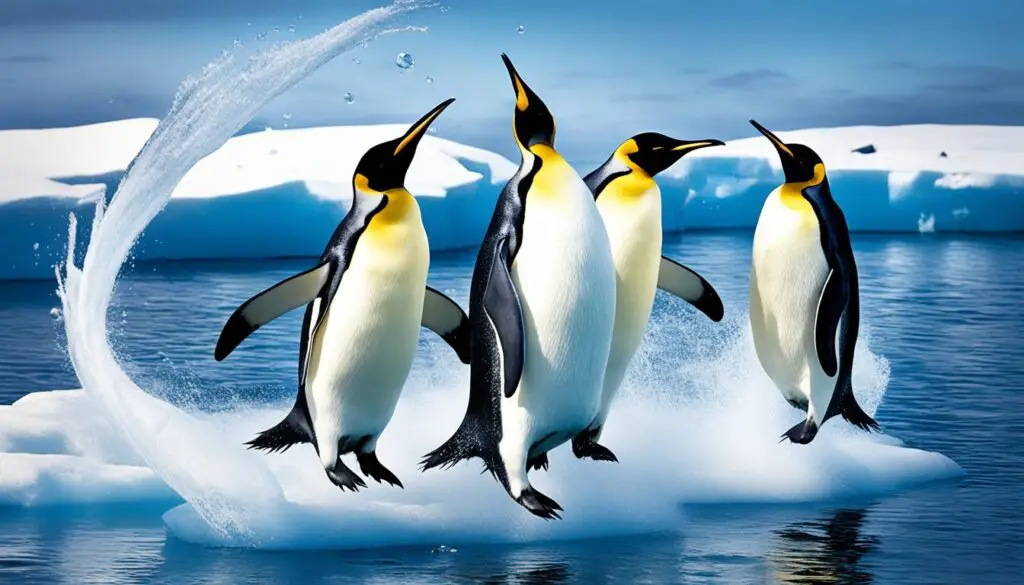
Penguin Movement in Water: Techniques and Strategies
Penguins have amazing ways to move through the ocean. One key method is porpoising. This means they jump out of the water in a rhythmic pattern. It helps them save energy and move fast while also taking breaks to breathe.
Porpoising: An Efficient Swimming Technique
Porpoising shows how penguins are agile and dynamic in the water. They jump out of the water to cut through the resistance. This way, they can swim faster and avoid predators like leopard seals.
Penguin Hydrodynamic Features
Penguins are built for speed and agility in the water. Their sleek bodies and strong muscles help them move efficiently. Their feathers also push water away, keeping them buoyant and agile. These features make them stand out in the challenging ocean environment.

